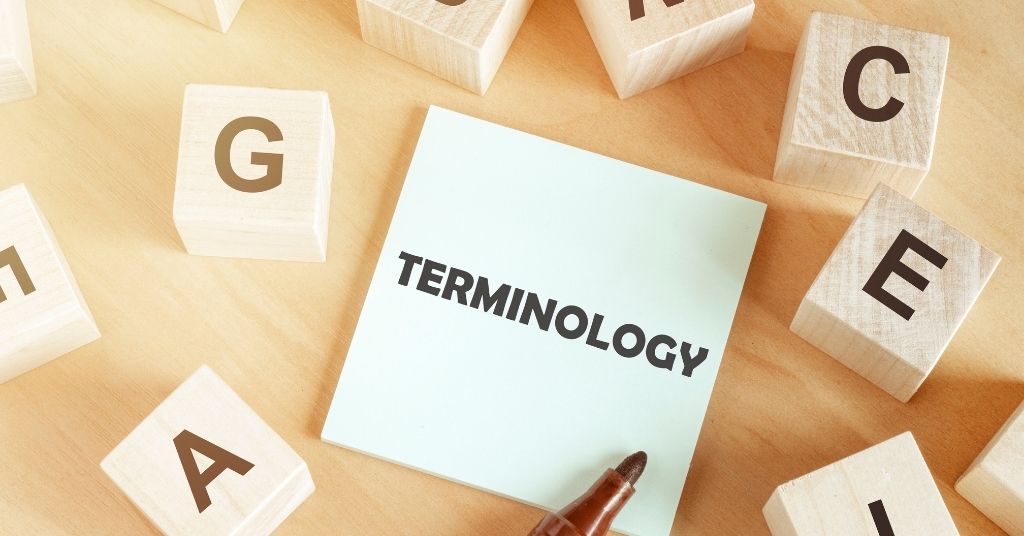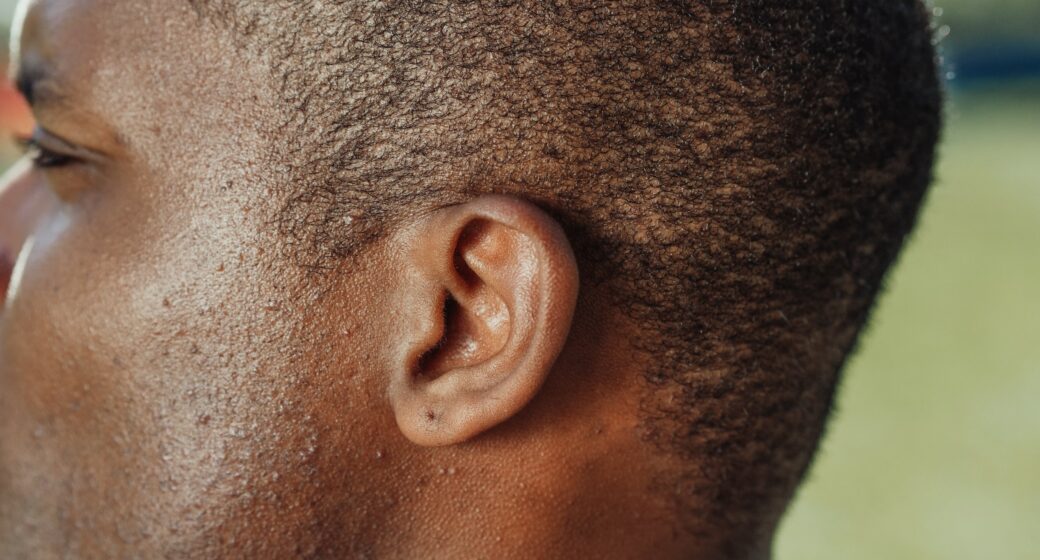Deaf performer, activist, and author Samantha Baines
February 1, 2023SASL: A new official language
February 8, 2023Spotlight on Treacher Collins syndrome

If you saw the movie “Wonder,” featuring Julia Roberts and Owen Wilson, you may be familiar with Treacher Collins syndrome. The film, which was based on the 2012 bestselling book by author R. J. Palacio, was one of the first mainstream stories to highlight the rare condition, which often includes hearing loss.
What is Treacher Collins Syndrome (TCS)?
Treacher Collins syndrome (TCS) is a rare genetic disorder. Symptoms are varied and can range from slight to severe depending on the individual. According to RareDiseases.org (from which all information in this article was gathered), nearly all of those affected by TCS have underdeveloped facial bones, especially in the cheekbones. They will often also have what is known as micrognathia, which is a very small jaw and chin. Some are also born with a cleft palate, an opening in the roof of the mouth. In severe cases, this underdevelopment can lead to airway restriction, which can be life-threatening.
The disorder is named after an ophthalmologist from London, England named Edward Treacher Collins. The disorder was first described by Collins in 1900. In medical literature, however, it was first mentioned in 1889 by George Andreas Berry, who termed it a “congenital neonatal deformity with the colobomata of the lower eyelids.” TCS is also sometimes called mandibulofacial dysostosis or Treacher Collins-Franceschetti syndrome. It is, however, known universally as TCS.
What Causes Treacher Collins Syndrome?
A new genetic mutation generally causes TCS. It cannot be traced to the mother or father’s genetic makeup. This means the new mutation happened soon after the sperm fertilized the egg. This caused a change in the DNA. TCOF1, POLR1B, POLR1C or POLR1D genes are the specific mutated genes in the condition. If one parent already has TCS, their child may have it. It would depend on them also having the same particular affected gene.
Neither sex is affected any more than the other. It is estimated that cases of Treacher Collins syndrome occurs in one in 10 to 30 or even 50,000 people. It has been difficult for any accurate figures because of the possibility that a great many of those affected by TCS remain undiagnosed.
Outward Signs
Those with Treacher Collins syndrome will also often display eye differences, with eyes slanting downward. They have slight eyelashes and eyelid coloboma (a notch in the lower lids). Ear abnormalities are common, such as small ears of an unusual shape or even the absence of ears.
Symptoms
The symptoms associated with TCS vary from person to person. Even those with the disorder within the same family group can and do vary in their individual level of severity. Symptoms are usually present at birth and affect one in 50,000. Some people, however, exhibit no obvious outward signs and go undiagnosed, while others will display severe abnormalities. When someone does show signs of having Treacher Collins syndrome, there is usually a symmetry with the sides of the face showing identical or almost identical features of the displayed abnormality.
Read more: CHARGE syndrome and hearing loss
Treatment
Health professionals who treat those with this condition are known as craniofacial health professionals. This is a multidisciplinary team that includes doctors and others specializing in treating this disorder. Instead of concentrating on one area for treatment, with this condition, there is a need for ongoing treatment in a number of different areas. These will often include specialists working on the patient’s skull, facial structure and brain, as well as ear nose and throat operations. This is in addition to sight and hearing challenges that need to be looked at. Treatment is ongoing for these patients and it can be a life-long healing journey for them.
Hearing Loss and Treacher Collins Syndrome
If a child is diagnosed with TCS, their hearing should be checked at birth with routine follow-ups carried out on a regular basis as the child grows. For the majority of children living with TCS, the inner ear still works well. Because of this, bone conduction hearing devices or cochlear implants may help with hearing loss depending on individual needs. Around 50 percent of those with the syndrome experience hearing loss. This is caused by defective growth in the three bones that transmit sound in the middle ear. Loss of hearing can also be caused by an underdeveloped ear canal.
“Around 50 percent of those with the syndrome experience hearing loss.”
Read more: Cochlear Implants are benefitical for deaf children with developmental delays
The Future for TCS Families
It has been suggested that within a family where there is a child with TCS, both parents, as well as any siblings of the child, be tested in order to determine if they have the same genetic mutation. Testing would cut out the assumption that the child happened to experience an isolated spontaneous mutation. Being tested would allow for a much larger overview of the number of affected people and help with planning when there are no obvious symptoms.
Author Details
Phonak hEARo, Phil is an actor, writer and journalist who writes in the deaf WellBeing and Lifestyle areas. He lives on the beautiful North Yorkshire coast with his wife Raine and their three children. Phil was diagnosed in 2016 and has moderate to severe Sensorineural hearing loss in both ears and constant tinnitus. He uses Phonak silver Nathos Auto M hearing aids. Member DANC (Disabled Artists Networking Community)



